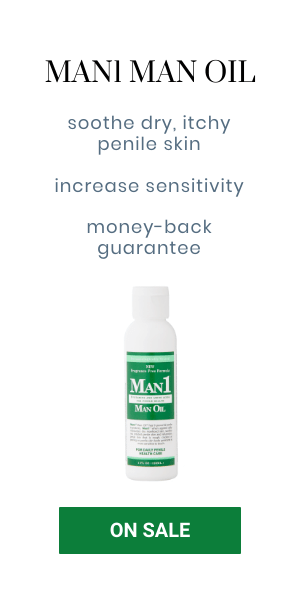An erection that won’t quit might sound like a dream come true, instead of a cause for concern. However, a long-lasting erection that is not caused by sexual stimulation is actually symptomatic of a dangerous condition which can cause permanent damage if not treated right away. Painful erections that won’t subside are known by the term “priapism,” which refers to a Greek fertility god that sported an enormous erect penis in ancient representations.
Types of Priapism
There are two types of priapism: high-flow and low-flow. High-flow priapism is the less common of the two, and it is not generally as painful. It is usually the result of a ruptured artery caused by an injury to the penis or perineum. High-flow priapism prevents blood from circulating out of the penis normally.
Low-flow priapism, on the other hand, occurs when blood becomes trapped in the erectile chambers without an obvious cause; it can be extremely painful and is considered a medical emergency.
Causes and Risk Factors
- Sickle cell anemia: This is an inherited disorder that is characterized by oddly-shaped red blood cells. These can block the flow of blood through the capillaries. Sickle cell anaemia is a common cause of priapism.
- Certain medications: Medications administered for the treatment of depression or mental illness have occasionally been linked to priapism.
- Trauma to the genital area.
- Use of illicit substances such as cocaine or heroin.
Treatment
It’s important to consult with a medical professional immediately when one has an erection that will not subside. Failure to seek treatment can result in tissue death due to lack of oxygenation, which may lead to impotence. The following treatments are frequently applied in treating priapism:
- Ice packs to help alleviate the penis and perineum swelling.
- Surgical ligation. This is administered when an artery has been ruptured; it involves tying off the artery in order to restore normal blood flow.
- Intracavernous injection. Used for treatment of low-flow priapism, medication is injected into the penis to constrict the veins and reduce blood flow to the penis.
- Surgical shunt. This is also used to treat low-flow priapism and it is a device surgically inserted into the penis to divert blood flow and enhance normal blood circulation.
- Aspiration. Blood is drained from the penis with a needle to reduce pressure and ease swelling.
General tips to promote penile health and address the causes of priapism
Men who have any of the health conditions listed as risk factors should treat the underlying condition in order to reduce their risk of developing priapism. Preventing penile injury by handling the penis with care and avoiding the use of illegal drugs is also recommended.
A penis vitamin cream (health professionals recommend Man1 Man Oil) may also provide numerous penis health benefits. Vitamins, minerals and other vital nutrients can help to nourish the blood vessels and ensure healthy circulation. Although a penis cream is not intended as a treatment for priapism, promoting healthy circulatory tissue may be indicated for preventing blockages that may lead to long-term erections.
